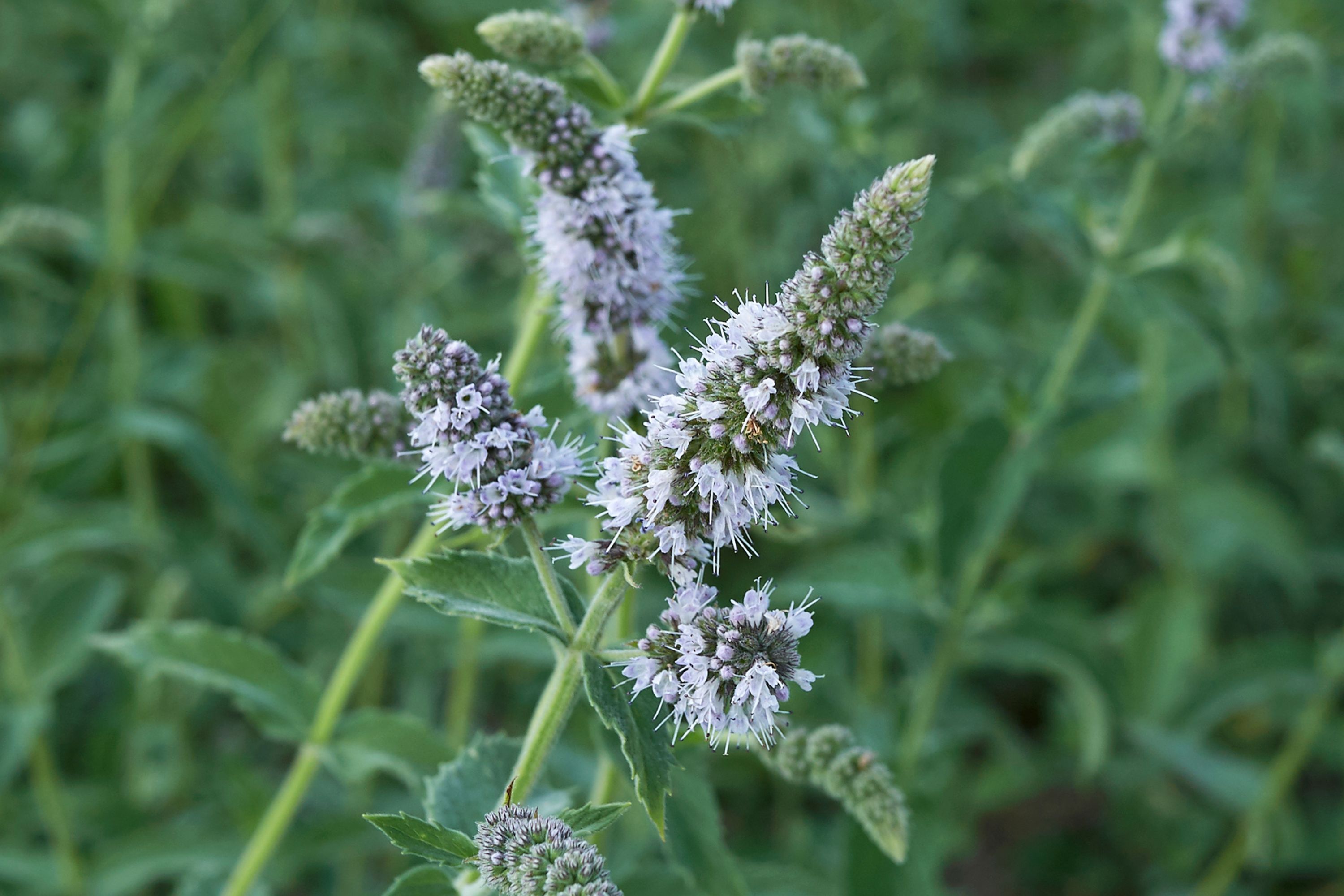Horse mint
(Mentha longifolia)

Description
Mentha longifolia (also known as horse mint, fillymint or St. John's horsemint; syn. M. spicata var. longifolia L., M. sylvestris L., M. tomentosa D'Urv, M. incana Willd.) is a species in the genus Mentha (mint) native to Europe excluding Britain and Ireland, western and central Asia (east to Nepal and the far west of China), and northern and southern (but not tropical) Africa. It is a very variable herbaceous perennial plant with a peppermint-scented aroma. Like many mints, it has a creeping rhizome, with erect to creeping stems 40–120 cm tall. The leaves are oblong-elliptical to lanceolate, 5–10 cm long and 1.5–3 cm broad, thinly to densely tomentose, green to greyish-green above and white below. The flowers are 3–5 mm long, lilac, purplish, or white, produced in dense clusters (verticillasters) on tall, branched, tapering spikes; flowering in mid to late summer. It spreads via rhizomes to form clonal colonies. Nicholas Culpeper's Complete Herbal (1653) states that "It is good for wind and colic in the stomach. The juice, laid on warm, helps the King's evil or kernels in the throat. The decoction or distilled water helps a stinking breath, proceeding from corruption of the teeth, and snuffed up the nose, purges the head. It helps the scurf or dandruff of the head used with vinegar." In addition, Mentha longifolia, like other Mentha species, is known to have important medicinal properties. Mentha (also known as mint, from Greek μίνθα míntha, Linear B mi-ta) is a genus of plants in the family Lamiaceae (mint family). The exact distinction between species is unclear; it is estimated that 13 to 24 species exist. Hybridization occurs naturally where some species' ranges overlap. Many hybrids and cultivars are known. The genus has a subcosmopolitan distribution across Europe, Africa, Asia, Australia, and North America. The species that make up the genus Mentha are widely distributed and can be found in many environments. Most grow best in wet environments and moist soils. Mints will grow 10–120 cm (4–48 inches) tall and can spread over an indeterminate area. Due to their tendency to spread unchecked, some mints are considered invasive. Mints are aromatic, almost exclusively perennial herbs. They have wide-spreading underground and overground stolons and erect, square, branched stems.
Taxonomic tree:







